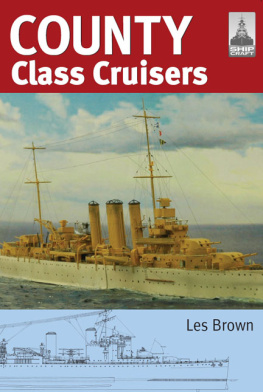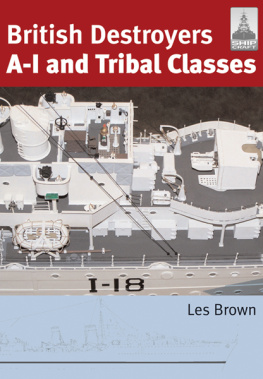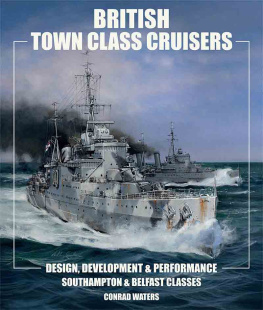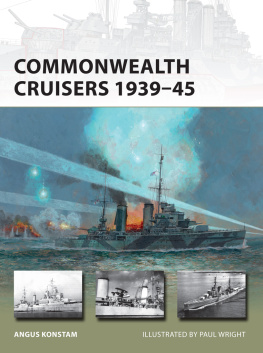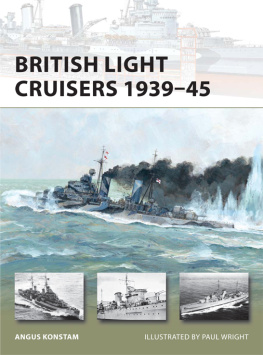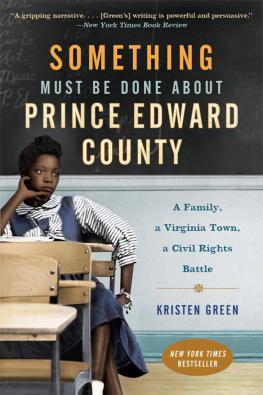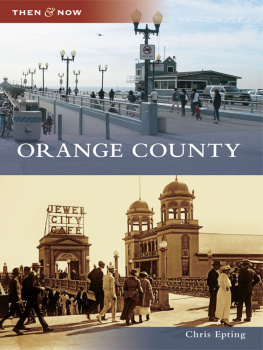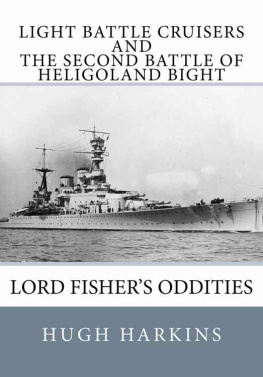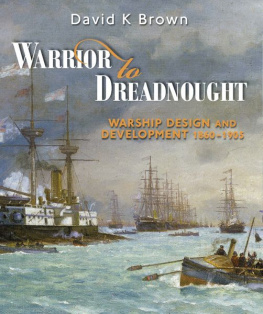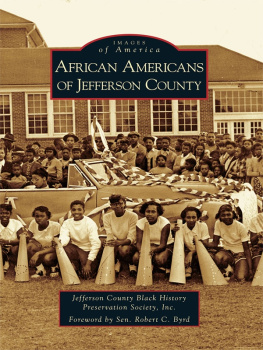Les Brown - County Class Cruisers
Here you can read online Les Brown - County Class Cruisers full text of the book (entire story) in english for free. Download pdf and epub, get meaning, cover and reviews about this ebook. year: 2011, publisher: Pen & Sword Books, genre: Non-fiction. Description of the work, (preface) as well as reviews are available. Best literature library LitArk.com created for fans of good reading and offers a wide selection of genres:
Romance novel
Science fiction
Adventure
Detective
Science
History
Home and family
Prose
Art
Politics
Computer
Non-fiction
Religion
Business
Children
Humor
Choose a favorite category and find really read worthwhile books. Enjoy immersion in the world of imagination, feel the emotions of the characters or learn something new for yourself, make an fascinating discovery.
- Book:County Class Cruisers
- Author:
- Publisher:Pen & Sword Books
- Genre:
- Year:2011
- Rating:5 / 5
- Favourites:Add to favourites
- Your mark:
- 100
- 1
- 2
- 3
- 4
- 5
County Class Cruisers: summary, description and annotation
We offer to read an annotation, description, summary or preface (depends on what the author of the book "County Class Cruisers" wrote himself). If you haven't found the necessary information about the book — write in the comments, we will try to find it.
County Class Cruisers — read online for free the complete book (whole text) full work
Below is the text of the book, divided by pages. System saving the place of the last page read, allows you to conveniently read the book "County Class Cruisers" online for free, without having to search again every time where you left off. Put a bookmark, and you can go to the page where you finished reading at any time.
Font size:
Interval:
Bookmark:


Copyright Seaforth Publishing 2011
First published in Great Britain in 2011 by Seaforth Publishing, an imprint of Pen and Sword Books Ltd, 47 Church Street, Barnsley, South Yorkshire. S70 2AS
www.pen-and-sword.co.uk
And in the United States of America by
Classic Warships Publishing,
PO Box 57591, Tucson, Arizona 85732
www.classicwarships.com
British Library Cataloguing in Publication Data
A CIP data record for this title is available from the British Library
ISBN: 978-1-84832127-4
eISBN 9781473831681
All rights reserved. No part of this publication may be reproduced or transmitted in any form or by any means, electronic or mechanical, including photocopying, recording, or any information storage and retrieval system, without either prior permission in writing from the publisher or a licence permitting restricted copying.
Typeset and designed by Stephen Dent
Printed and bound in China through Printworks International Ltd

This starboard profile of Berwick clearly shows the original short funnels that proved impractical in trials. The original director control tower and rangefinder on the side of the bridge are also visible. In this era ships destined for the China Station adopted a characteristic livery of white hull and buff upperworks, as seen here.
A t the end of World War I there was a widespread belief, particularly in Great Britain, that the pre-war naval arms race had been a significant factor in provoking the war. Among the victorious powers there were plans to rebuild or expand their navies, so the prospect of another costly competition in warship construction was both alarming and unwelcome, especially to the economically exhausted British. However, the Royal Navy wished to maintain its position of dominance and so encouraged discussions to limit the growth of navies. Battleships were the main consideration because of their enormous size and cost but cruisers also formed a significant part of these discussions.
In 1919 the British Government proposed that future naval estimates should be based on the assumption that no major war would occur within ten years the ten year rule, which was not abandoned until 1932. The British planned an international conference to discuss Pacific and Far Eastern affairs, an area of the world that the United States considered as their sphere of influence. The United States therefore proposed a naval limitation conference, to be held in Washington in 1921, invitations being sent to just Great Britain, France, Italy and Japan, although other countries were invited to attend relevant parts of the negotiations. It was not possible to agree a limit on the total tonnage of cruisers for each country but a limit on the size of individual vessels was agreed a maximum displacement of 10,000 tons with guns no larger than 8 inches in calibre.
A conference held in Geneva in 1927 again attempted to agree a total tonnage but failed. The London Treaty of 1930 defined two different types of cruiser: heavy cruisers with guns larger than 6.1 inches and light cruisers with guns smaller than 6.1 inches. The total tonnage for each type was also agreed; in the case of Great Britain this was 146,800 tons for heavy cruisers and 192,200 tons for light cruisers. To comply with this agreement, the number of County class cruisers (A cruisers) to be built was reduced, as was that of their smaller half-sisters, York and Exeter (B cruisers).
When the Admiralty first started their discussions after World War I regarding the future need for cruisers, it was assumed that the cost of cruisers required for trade protection in distant places would be provided by the relevant colonies, hence the cruisers were initially referred to as Colonial Cruisers. The thirteen heavy cruisers comprising the resulting County class fell into three sub-groups the Kent class ( Berwick, Cornwall, Cumberland, Kent, Suffolk, Australia and Canberra ); the London class ( Devonshire, London, Shropshire and Sussex ); and the Norfolk class ( Dorsetshire and Norfolk ). As suggested by their names, Australia and Canberra were funded by Australia, the only part of the Empire to fulfil the expectations of the Admiralty.
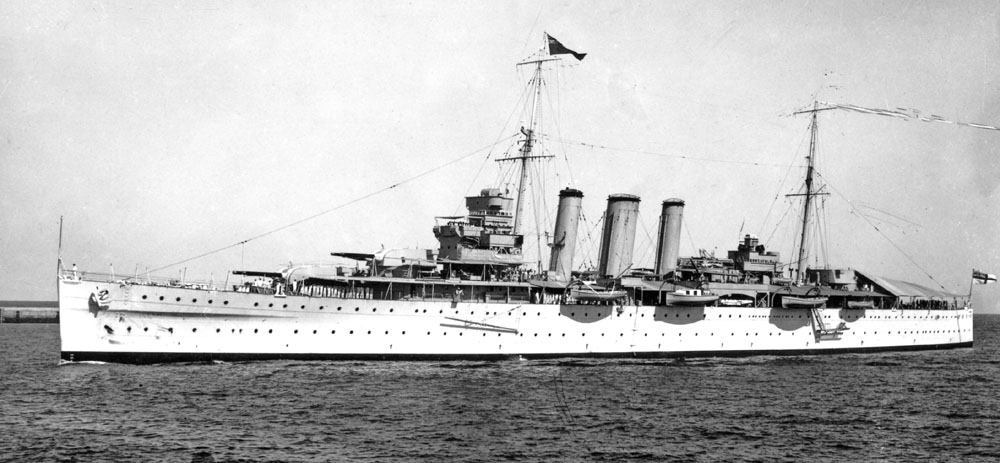
Cornwall in 1933 displaying the colours normally worn on the China Station white hull and buff funnels. The awning over the quarterdeck, the boats hanging over the side, ready for lowering, the ships boom and the accommodation ladder are all clearly visible. By this date the ship has a HACS on the after superstructure and a Type SIIL catapult.
These ships were designed under the Director of Naval Construction (DNC) Sir Eustace H Tennyson dEyncourt, initial design being by Charles Lillicrap, later to become DNC himself, with the detail design team led by William Berry, successor to dEyncourt as DNC. Being designed to the maximum dimensions allowed by the treaty, many felt the County class were too large and expensive and that Great Britain would be better served by more, smaller cruisers, but the high freeboard with good seaworthiness proved very valuable. The main parameters as defined for the class were that the design was to include eight 8in guns and have a speed of 33 knots.
Preliminary calculations, for what was to become the Kent class, showed that little weight would be available for protection and hence the speed requirement was lowered to 31 knots. This reduced the power required by 25 per cent and the weight of machinery by approximately 400 tons. It was eventually decided that within the same weight allowance slightly more power could be provided, giving an extra knot of speed. The resulting vessels were 630ft overall (590ft between perpendiculars) with a beam of 68ft 3in.
The County class featured a new design of forward superstructure incorporating the navigating bridge, wheelhouse, signalling and compass platforms and gunnery director in a single block. This rationalised the separate armoured conning tower and myriad of decks and mast platforms of previous designs. Deleting the fire control equipment from the mast enabled the heavy tripod masts to be replaced by lighter pole masts which were sufficient for signalling yards and the spread of wireless antennae.
In addition to the 8in guns, the armament included four 4in HA guns, two multiple pom-poms and two quadruple torpedo tubes. The protection for the main magazines was 4in on the sides with 3in elsewhere; the secondary magazines receiving one inch less. Machinery spaces were protected by a 1 deck and 1in sides and bulkheads. The weight of armour was slightly in excess of 10 per cent of the displacement.
deck and 1in sides and bulkheads. The weight of armour was slightly in excess of 10 per cent of the displacement.
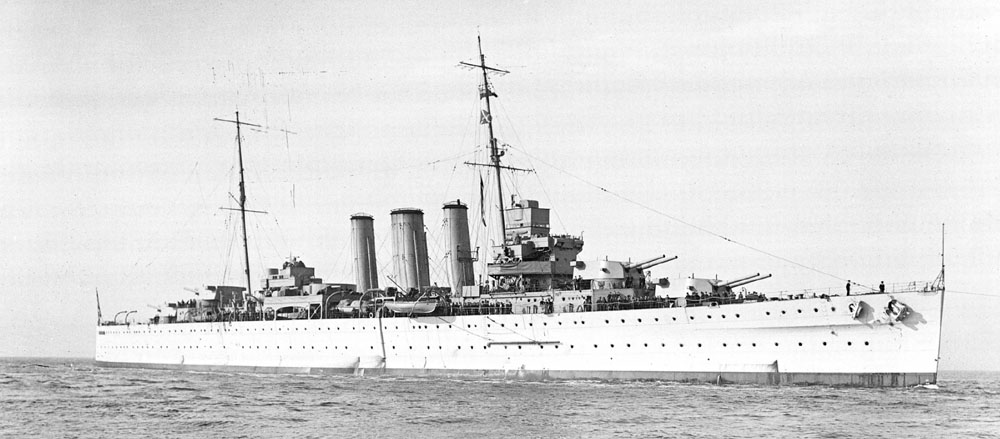
Kent in 1928 as completed, with no aircraft or catapult. The HACS aft has yet to be fitted. (National Maritime Museum N1757)
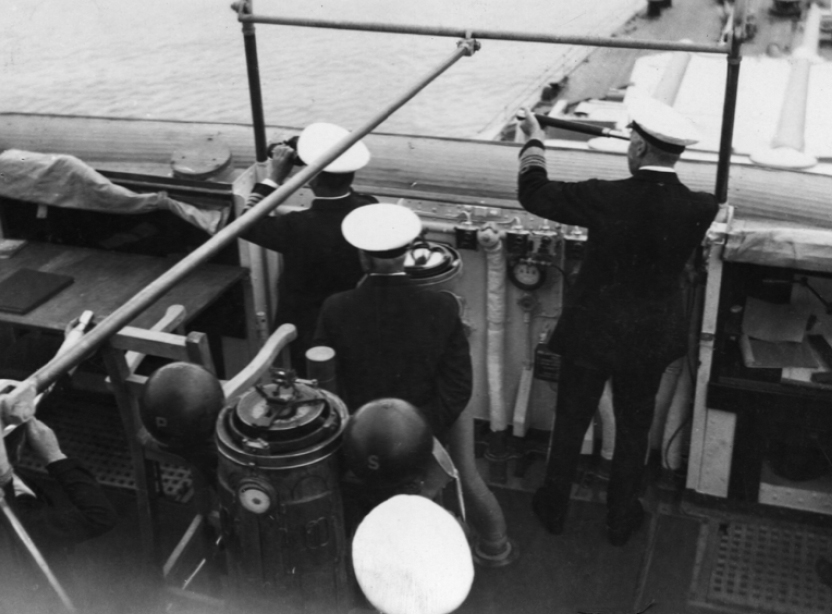
Font size:
Interval:
Bookmark:
Similar books «County Class Cruisers»
Look at similar books to County Class Cruisers. We have selected literature similar in name and meaning in the hope of providing readers with more options to find new, interesting, not yet read works.
Discussion, reviews of the book County Class Cruisers and just readers' own opinions. Leave your comments, write what you think about the work, its meaning or the main characters. Specify what exactly you liked and what you didn't like, and why you think so.

